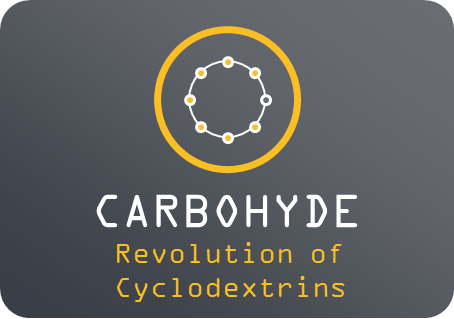Today’s cyclodextrin:
Eisai Co., Ltd. obtained marketing authorization approval in January 2024 from the Japanese Ministry of Health, Labour and Welfare for the injection formulation of its in-house discovered antiepileptic drug (AED) Fycompa® (perampanel) in Japan as an alternative therapy when oral administration is temporarily not possible. Fycompa is formulated with Captisol®, a Ligand technology.
About perampanel (Fycompa®)
Perampanel is a first-in-class anti-epileptic agent (AED) discovered and developed by Eisai. With epileptic seizures being mediated by the neurotransmitter glutamate, the agent is a highly selective, noncompetitive AMPA receptor antagonist that reduces neuronal hyperexcitation associated with seizures by targeting glutamate activity at AMPA receptors on postsynaptic membranes. Perampanel is currently approved in more than 75 countries and territories, including Japan, China, and other countries in Europe and Asia, as an adjunctive treatment for partial-onset seizures (with or without secondarily generalized seizures) in patients with epilepsy 12 years of age and older. In addition, perampanel has been approved in more than 70 countries, including Japan, Europe, and Asia, for treatment as an adjunctive therapy for primary generalized tonic-clonic seizures in patients with epilepsy 12 years of age and older. In Japan and China, perampanel is approved for monotherapy and adjunctive use in the treatment of partial-onset seizures (with or without secondarily generalized seizures) in patients with epilepsy 4 years of age and older. In Europe, the approved age range is 4 years of age and older for the adjunctive treatment of partial-onset seizures (with or without secondarily generalized seizures) and 7 years of age and older for the treatment as an adjunctive therapy for primary generalized tonic-clonic seizure. A tablet, fine granule formulation, and injection formulation have been approved in Japan. An oral suspension formulation and tablet have been approved in Europe and China. In January 2023, the commercial rights in the United States were transferred to Catalyst Pharmaceuticals, Inc.








